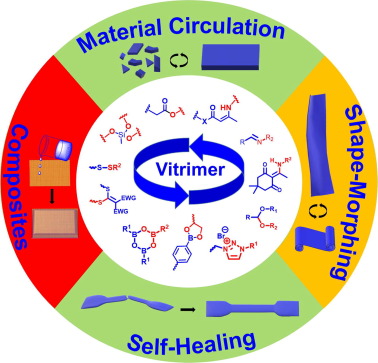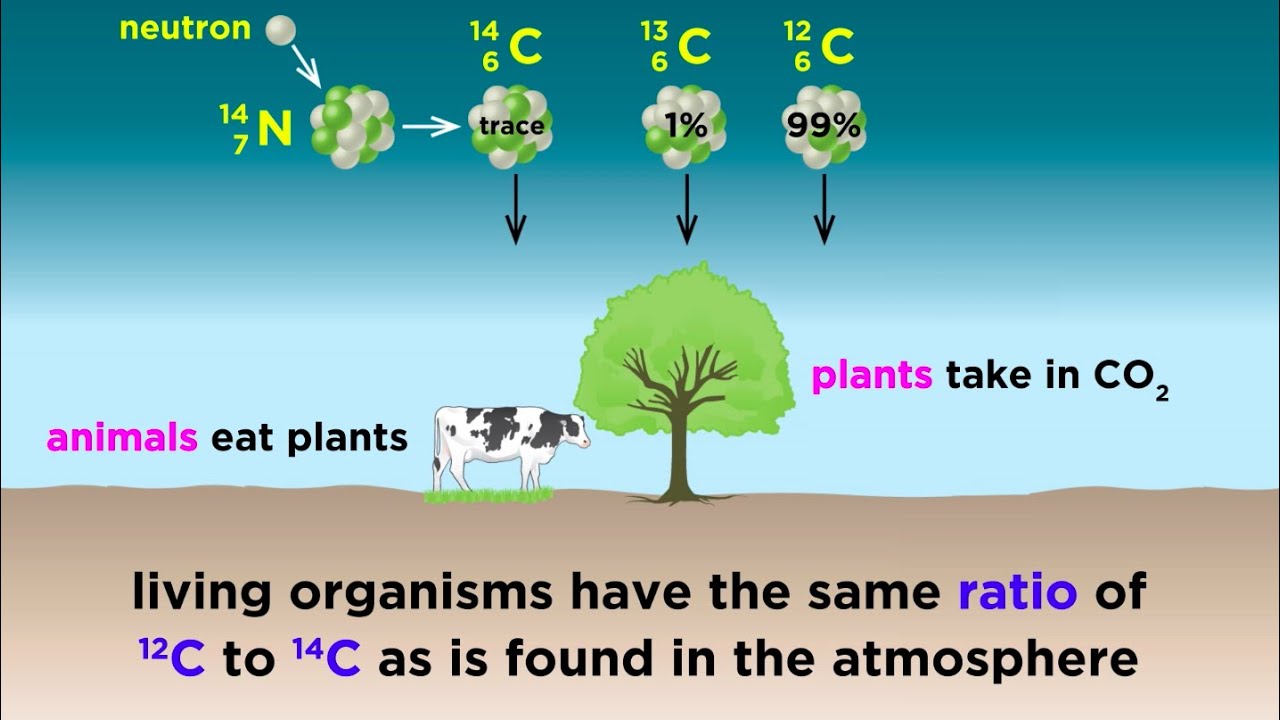Vitrimers
Why in News
Japanese scientists have recently developed an innovative version of plastic that surpasses traditional variants in strength and flexibility.
Important Points
- In the global pursuit for eco-friendly alternatives to conventional plastics, the University of Tokyo researchers have successfully crafted a sustainable plastic based on an epoxy resin vitrimer.
- This novel plastic variant, known as VPR (vitrimer incorporated with polyrotaxane), integrates the polyrotaxane molecule into the synthesis process, addressing the brittleness associated with vitrimers.
- This groundbreaking plastic also exhibits partial biodegradability and the remarkable ability to retain complex shapes, which can be restored through controlled heating.
Unique Features and Characteristics
- Shape Memory Properties: VPR retains a rigid structure at lower temperatures due to robust internal chemical bonds, while it can adapt to various shapes at higher temperatures, approximately 150 degrees Celsius.
- Biodegradability: VPR demonstrates promising biodegradability, with a 25% breakdown in seawater over 30 days. The constituent polyrotaxane serves as a potential food source for marine life.
- Self-Healing Abilities: This innovative plastic exhibits impressive self-healing capabilities, recovering 15 times faster than typical epoxy resin vitrimers.
Introduction to Biodegradable Plastics
- Biodegradable plastics are a type of plastic material that can undergo decomposition through the action of living organisms, such as bacteria or other natural processes, into natural elements, such as water, carbon dioxide, and biomass.
- These plastics offer a promising solution to the global plastic waste crisis, as they minimize environmental pollution and reduce the accumulation of non-degradable plastic waste in landfills and oceans.




.jpg)


.jpg)
.jpg)





